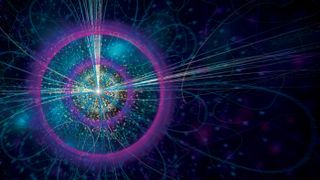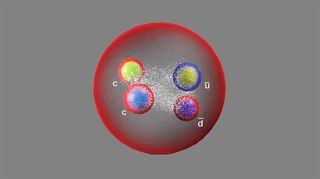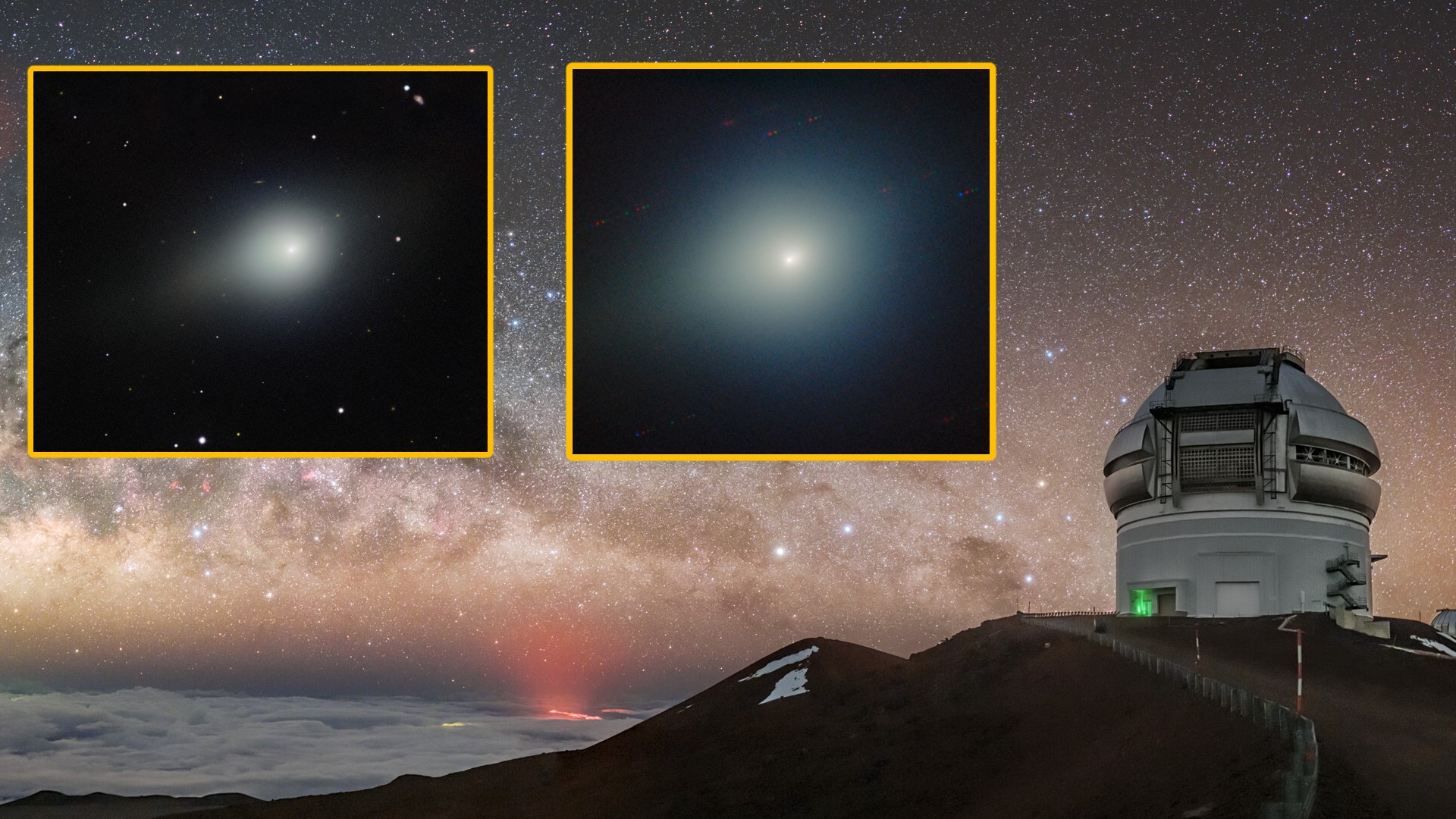Particle physics news, features and articles
Latest about Particle Physics

Large Hadron Collider is waking up after a 3-year nap, and it could help explain why the universe exists.
By Mara Johnson-Groh published
After a three-year nap, the world's largest atom smasher is waking up and getting ready to smash atoms harder than ever.
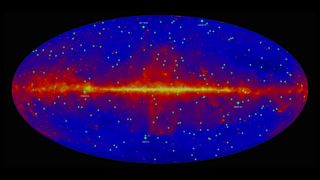
What is electromagnetic radiation?
By Jim Lucas published
Reference Electromagnetic radiation is a form of energy that includes radio waves, microwaves, X-rays and gamma rays, as well as visible light.
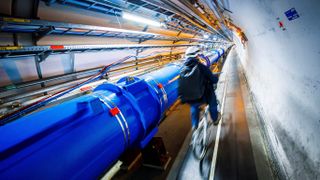
CERN halts future collaboration with Russia
By Ben Turner published
The collaboration between American, Russian and European scientists that survived the Cold War has been put on hold.
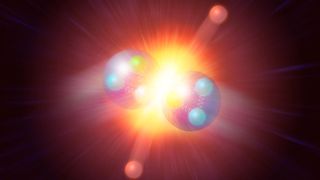
What is the Higgs boson?
By Andrew May published
Reference A look at the "God particle" — its theoretical origins, its discovery in 2012, and its continuing significance.
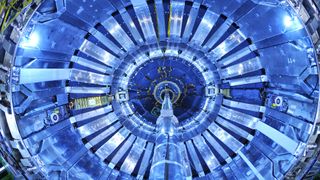
'X particle' from the dawn of time detected inside the Large Hadron Collider
By Ben Turner published
The particle was found by smashing billions of lead atoms into each other at extreme speeds.
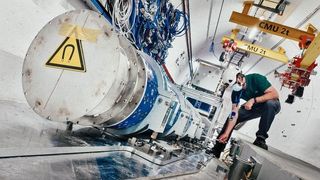
'Ghost particles' detected inside the Large Hadron Collider for the first time
By Ben Turner published
The breakthrough will allow scientists to research long sought-after high energy neutrinos.
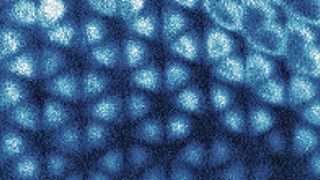
Scientists capture image of bizarre 'electron ice' for the first time
By Ben Turner published
Wigner crystals have been theorized for more than 80 years, but this is the first time the elusive crystals have been captured in an image.

1st 'atom tornado' created from swirling vortex of helium atoms
By Ben Turner published
Physicists have created the first-ever atomic vortex beam — a swirling tornado of atoms and molecules with mysterious properties that have yet to be understood.
Get the world’s most fascinating discoveries delivered straight to your inbox.


